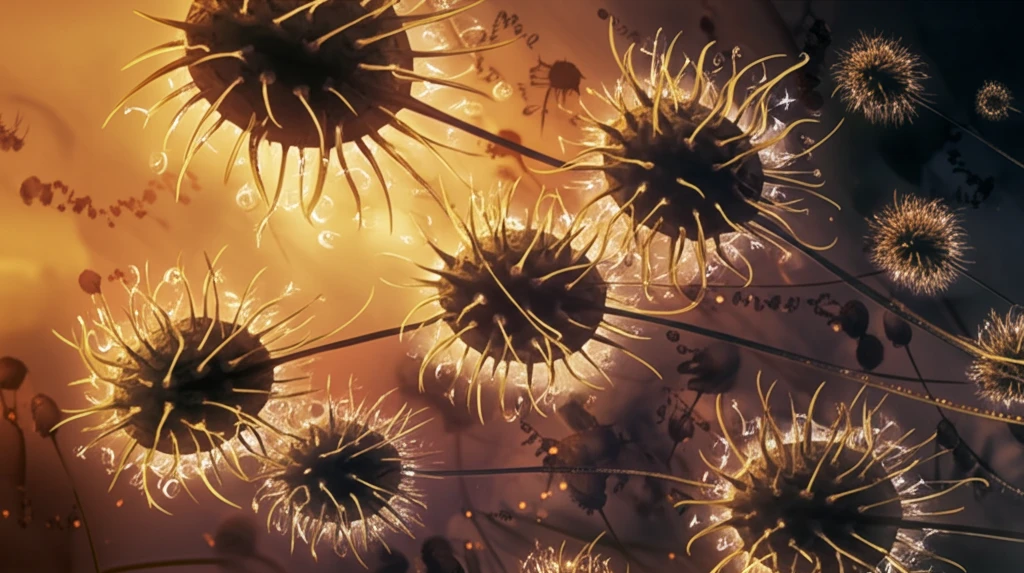
Unlock the Ancient Secret: How Giant Dodder Seeds Can Boost Your Health
"Discover the antioxidant potential of Cuscuta reflexa and how different extraction methods impact its health benefits."
In the quest for natural health solutions, plants have always been a treasure trove of beneficial compounds. Among these, giant dodder (Cuscuta reflexa), a plant used in traditional medicine, is gaining recognition for its impressive health-promoting properties. Known for its rich antioxidant content, giant dodder seeds offer a variety of potential benefits, particularly when it comes to protecting your body against oxidative stress and related ailments.
Giant dodder, also known as Cuscuta seed, has been traditionally used as a tonic for the eyes, liver, spleen, and kidneys. Modern research is now starting to uncover the science behind these age-old uses, revealing how the plant's unique chemical makeup contributes to its therapeutic effects. One key area of interest is understanding how to best extract and utilize these beneficial compounds, as the extraction method can significantly impact the final product's potency.
A recent study investigated the impact of different extraction procedures and solvents on the antioxidant potential of giant dodder seeds. The findings highlight that the right combination of solvent and extraction technique can significantly enhance the recovery of potent antioxidants from these seeds. Let's dive into the details of this research and explore how you can harness the health benefits of giant dodder.
Optimizing Antioxidant Extraction from Giant Dodder Seeds

The study explored three different extraction methods—Orbital Shaker Extraction (OSE), Decoction Extraction (DE), and Ultrasonic Assisted Extraction (UAE)—and five different solvents: n-hexane, ethyl acetate, 100% methanol, 80% methanol, and 60% methanol. The goal was to identify the optimal conditions for extracting the most antioxidants from giant dodder seeds. Researchers assessed the total phenolic content, total flavonoid content, total tannins content, and total carotenoids content under each condition. Antioxidant activity was evaluated using DPPH, ABTS, and FRAP assays.
- UAE with 80% Methanol: Best for total phenolic and flavonoid content.
- Ethyl Acetate with OSE: Ideal for tannin extraction.
- Polar Solvents: Generally more effective for extracting antioxidants.
- Ultrasonic Assistance: Enhances extraction efficiency.
The Future of Giant Dodder in Natural Health
Giant dodder seeds hold significant promise as a natural source of antioxidants with diverse health applications. By understanding the optimal extraction methods, we can harness the full potential of this medicinal plant to support overall well-being. As research continues to unfold, giant dodder may emerge as a valuable ally in our quest for natural, effective health solutions.
